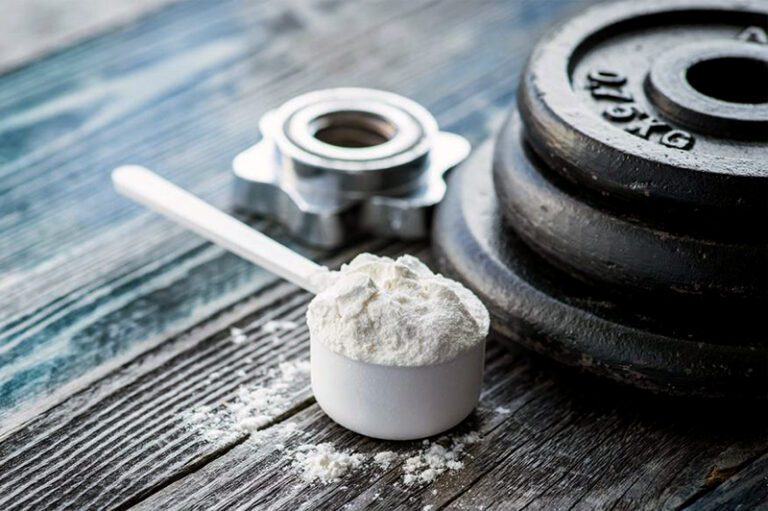
Sports Nutrition Tips for High School and College Strength Coaches
Nutrition tips for strength and sport coaches to help your athletes optimize their health, performance, recovery, and reduce risk of illness and injury!


If you’re a man or woman reading this, excellent. It applies to both genders. Are you an aging adult, or someone who has experienced a traumatic brain injury (TBI)? Then yes, keep reading. Next, if you’re an athlete or non-athlete…